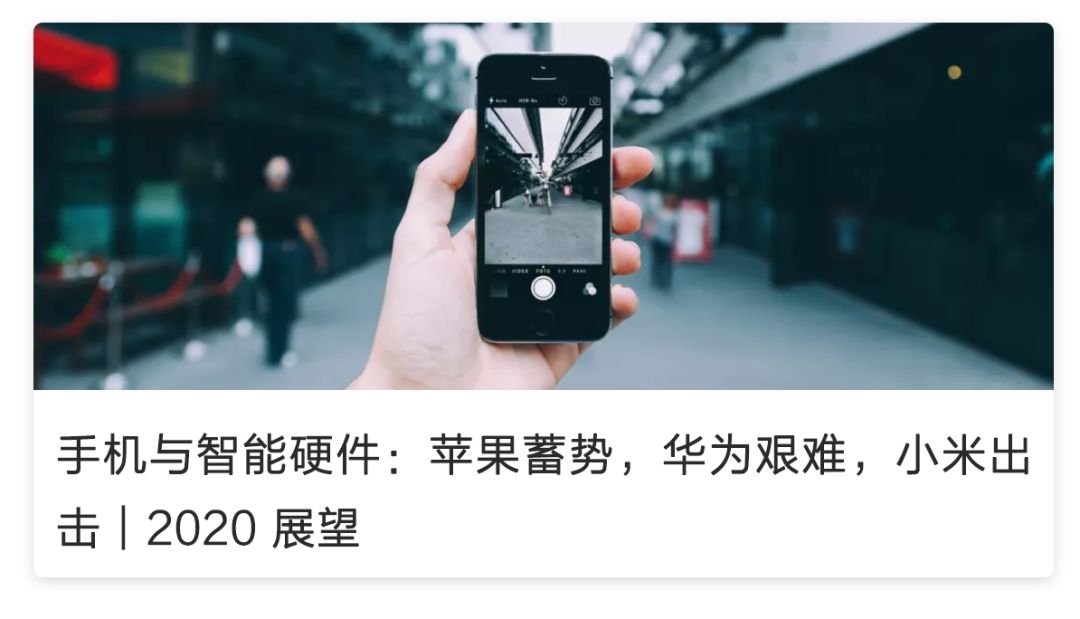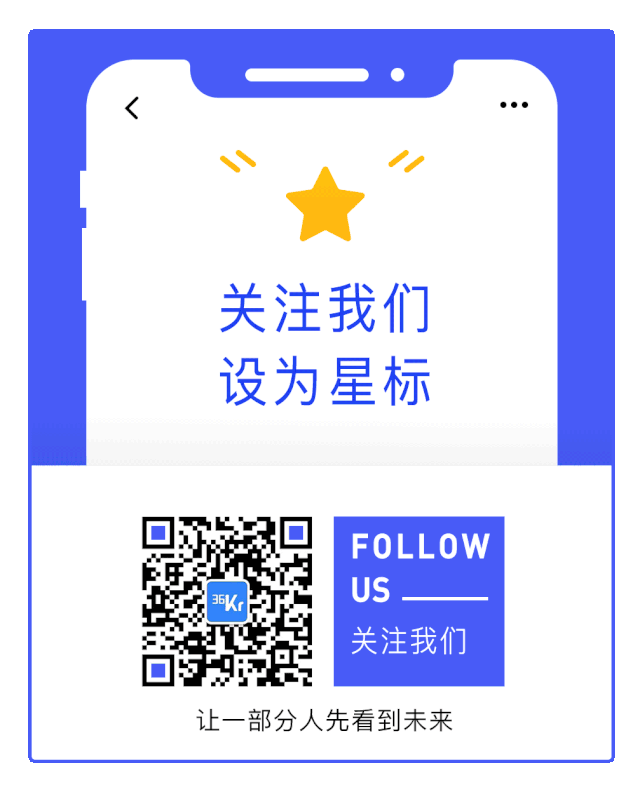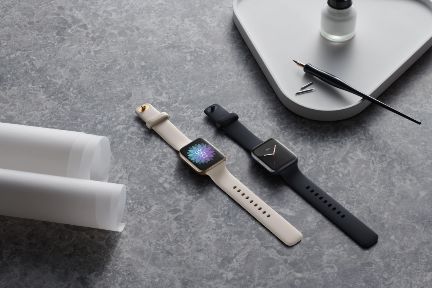
With the days of smooth sailing for smartphones behind us, the smartwatch marks OPPO’s entry into the IoT (Internet of Things) space.

Written by | Yuan Silai Edited by | Su Jianxun
Image Source | OPPO Official
OPPO’s focus on the IoT (Internet of Things) sector is no longer just talk. Since the end of last year, OPPO’s founder Chen Mingyong, who has rarely appeared in public, officially announced OPPO’s IoT strategy, launching TWS earbuds and routers at the conference. In March of this year, OPPO launched its own smartwatch series.This move is not surprising, as Apple has set a precedent—its watches and earbuds have generated substantial profits. According to a report by Strategy Analytics, the sales of the Apple Watch alone exceeded 30 million units in 2019, surpassing the entire Swiss watch industry’s sales.The smartwatch market is currently one of the few areas still showing growth. According to IDC’s report, global smartwatch shipments reached 92.4 million units in 2019, a growth of 22.7%. Each quarter, smartwatch growth has reached double digits, making it particularly notable as smartphone shipments decline.Among domestic manufacturers, OPPO entered the market later than Huawei and Xiaomi. Their advantage lies in the fact that there are already sufficiently mature products in the market to draw from, allowing them to create a competent product without expending much effort.

The craftsmanship is indeed beautiful, but there are also many lackluster features36Kr got their hands on this smartwatch last week, and after a day of use, I must admit that both its functionality and appearance rely on mature solutions. However, OPPO excels at finding marketing points in a homogenized market, which is their strength. This applies equally in the IoT field.OPPO’s design is indeed captivating. At least the unboxing experience is quite enjoyable; it feels substantial in hand, and the pristine white packaging follows a minimalist style, with a matte finish that appears quite premium. But upon opening, isn’t this just an Apple Watch? However, getting an experience worth over 3000 for a price of 1999 is still quite worthwhile.I must say, OPPO’s craftsmanship is indeed meticulous. The curved screen looks soft, the resolution is high, and the patterns are very detailed. The 46mm version is available in gold and black, with the gold featuring a rose gold tint.However, the 46mm standard version is quite bulky; the watch face is nearly as thick as my wrist. If a woman is buying, it would be better to opt for the 41mm version, which offers more color choices, including pink and silver.
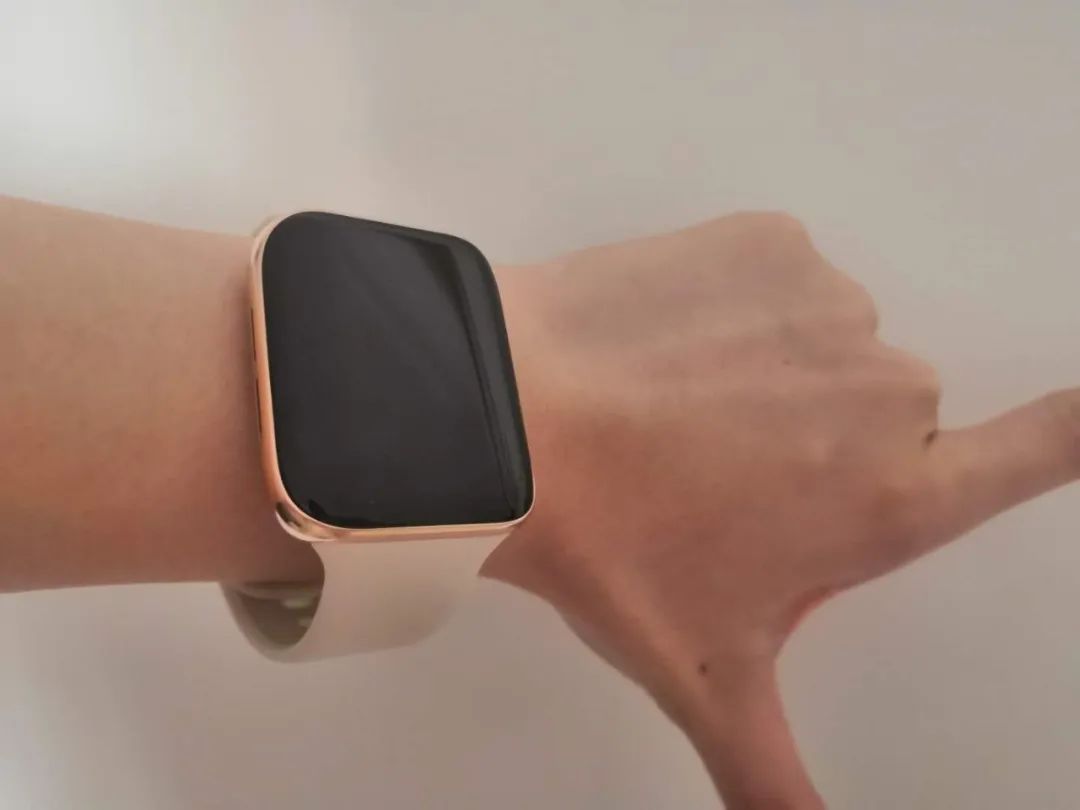
The 46mm watch face is too bold for women. Image taken by the author
OPPO knows how to please female users; this time, they introduced the AI outfit matching watch face: it captures the user’s clothing, extracts colors, and generates a watch face, tailored for the scenario of changing outfits before going out. Besides AI matching, there are also modes for automatic generation and direct photo-to-watch face conversion. This is arguably the biggest differentiator between OPPO Watch and other manufacturers.However, after testing, I found the AI to be quite clumsy. I initially thought the AI watch face color matching would select colors from the images and produce something sophisticated. However, when I took pictures of pink, white, and black clothing, the resulting colors were far from attractive. Especially the pink combination crossed my aesthetic bottom line and was a nightmare for those with a fear of clutter. At least I would never use these extremely unappealing watch faces that look like a patchwork of patterns; I might as well use the system’s default images.
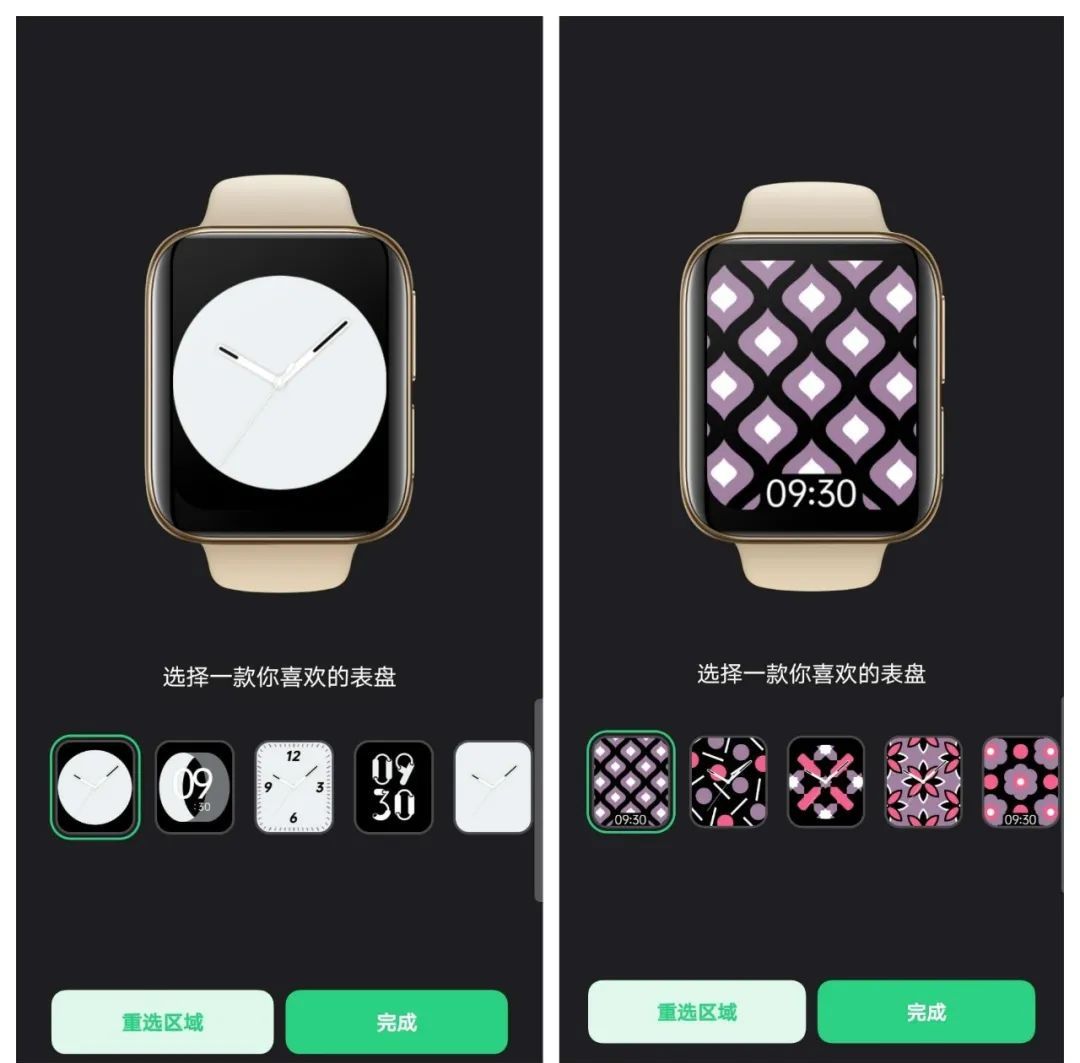
After using the AI outfit matching watch face, the watch automatically generates wallpapers based on your clothing colors, but they are indeed not very attractive.
However, the other built-in watch face wallpapers are quite beautiful, with high-end color schemes and simplicity. The most fun is the system’s built-in balloon watch face, where you can pop colorful balloons; each tap makes one burst, providing a similar experience to popping bubble wrap, which is super stress-relieving.
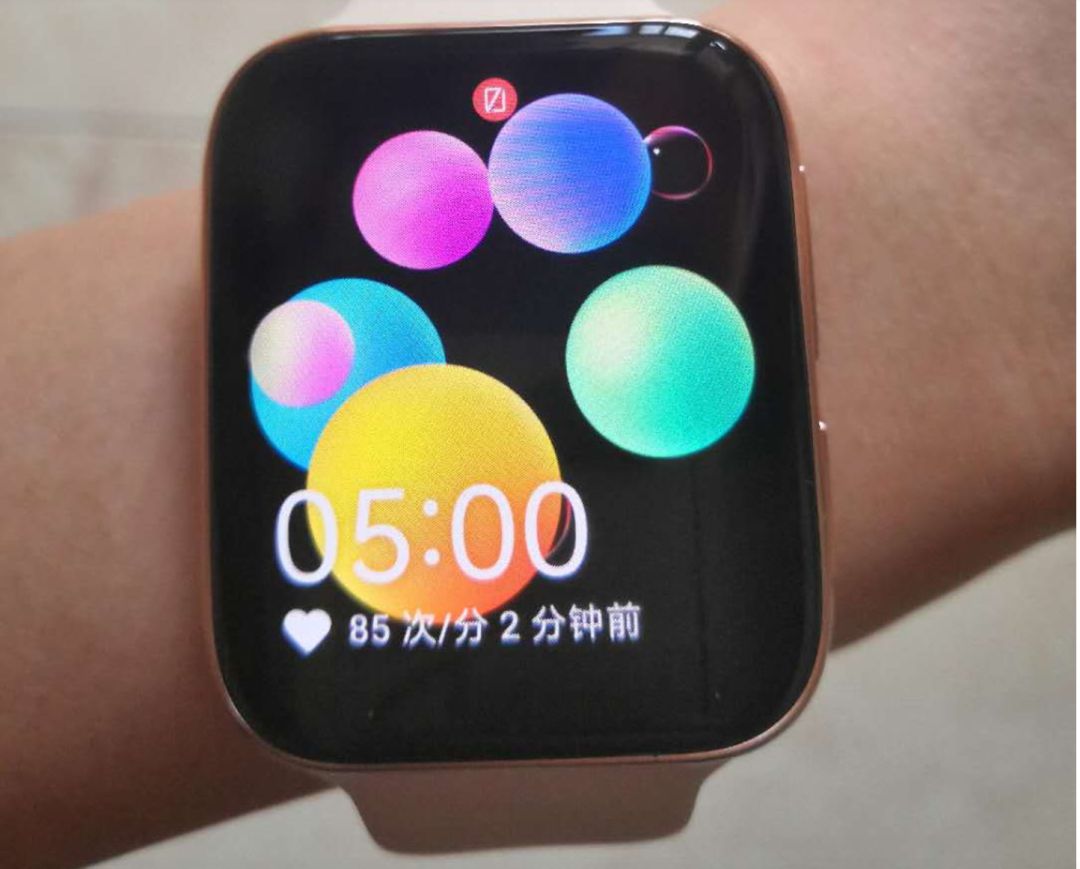
Popping balloons! I just can’t stop!As a smartwatch, health features are standard. The OPPO Watch also includes heart rate monitoring and sleep tracking, and it can be worn while swimming due to its waterproof design.OPPO’s health design is quite detailed. For sleep, it integrates Snail Sleep, which can provide sleep improvement plans, along with reminders for prolonged sitting and breathing relaxation functions, targeting office workers. However, I didn’t use the breathing function because I lacked the patience to wait for it to finish. As for the sitting reminder, having long been accustomed to standing while working, it seems not very useful.Thanks to the eSIM independent communication feature, you can make calls, reply to messages, and WeChat directly from the watch during outdoor activities, and you can apply for a separate number specifically for watch communication.In terms of exercise, OPPO has taken a relatively lightweight approach by designing a 5-minute fitness application, with very clear scenarios. This includes morning wake-up, relaxation after prolonged sitting, full-body activation, quick fat burning, and sleep relaxation, indicating OPPO’s vertical segmentation of user scenarios and extraction of personalized needs.However, while the idea is great, the execution can be frustrating. Essentially, these are similar to video courses from fitness apps like Keep, but the watch face screen is so small that following along makes your eyes strain. Why not just watch the workout on your phone screen?
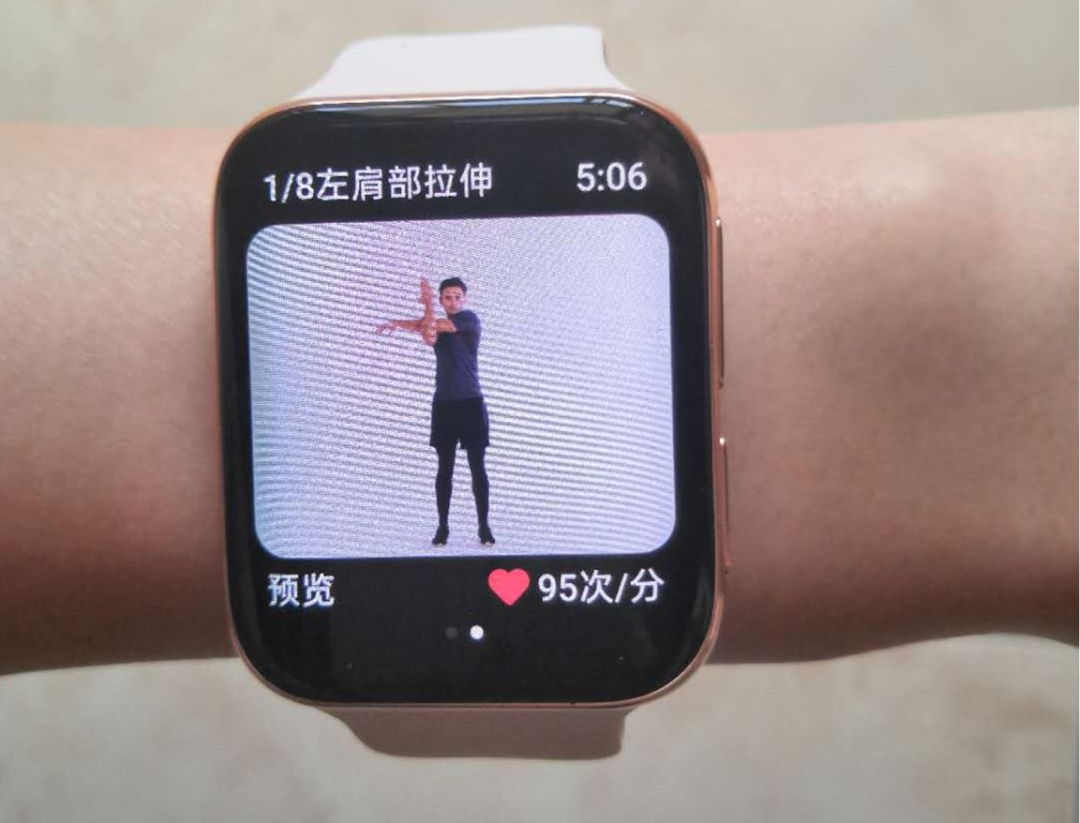
Currently, the functionality of Android smart wearables is quite rich, with many commonly used apps having dedicated versions for smart wearables. Of course, due to screen size limitations, the available applications are still limited. The OPPO Watch can use Alipay for payments, and also has QQ Music, Kuwo Music, and Meiyou, which are more audio and health-oriented applications.Overall, this is a beautifully designed product with some features that feel overdone. Given its affordable price, I believe that with OPPO’s offline marketing capabilities, it will attract quite a few customers.

Entering IoT Late Does Not Mean No OpportunityThe smartwatch is just the starting point for OPPO in IoT.They have moved past the days of smooth sailing with smartphones. At their peak, OPPO relied on a network of small stores across the country, penetrating lower-tier cities and capitalizing on the demographic dividend. However, as foot traffic increasingly concentrates in shopping malls, the couple-run store model is no longer applicable, and specialty stores and flagship stores are becoming the future trend.This means OPPO must inevitably venture into IoT. Specialty stores require a sufficiently rich SKU to fill the space and enough products to attract users. Especially now, high-quality shopping malls hold a strong position, and a mobile phone store alone cannot entice them to open their resources. Huawei’s flagship stores and Xiaomi’s homes have already established themselves in prime locations, relying on brand strength and the foot traffic they can generate.OPPO’s late entry does not mean there are no opportunities. OPPO has chosen to start with the most mature smartwatches and the hottest TWS in the past two years, a conservative yet effective approach. If they can fill their stores with enough products, combined with their offline sales capabilities, they may catch up in the IoT field, as history has shown.However, OPPO’s biggest challenge is not the development of the products themselves, but the construction of a complete ecosystem. Huawei has 1+8+N, Xiaomi has its own ecosystem, and even Huami has its own system, but OPPO’s ecosystem only began to take shape last year. Although they aim for “all things interconnected,” they are still at a point where they have not formed a network. This could lead to OPPO’s smartwatch being less competitive compared to Huawei, Apple, and Xiaomi, which already have interconnected experiences.
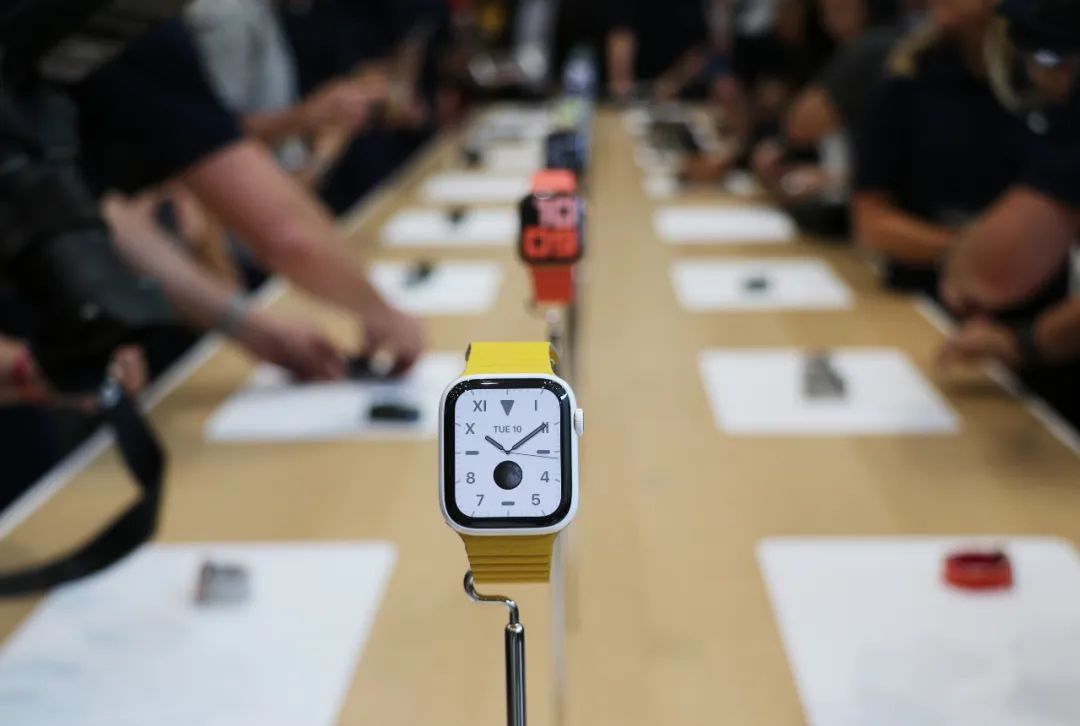
Apple Watch, image from Dongfang IC
Moreover, building brand recognition takes time. Users are already familiar with OPPO smartphones, but their recognition of OPPO smartwatches may be quite vague. OPPO will need a considerable amount of time to establish its brand strength in the IoT field.

